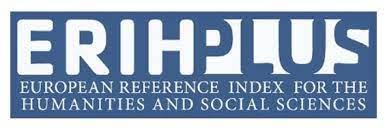The connection between state and religion according to Augustine's "City of God."
DOI:
https://doi.org/10.52340/jd.2022.03.64Abstract
This magnificent work, "magnum opus et arduum", includes 22 books. Augustine himself talks about the content of the book. The work can be divided into two main parts: the first (I-X), rejects the claim of the pagan religion that it guarantees prosperity and luck in this world (I-V: social poverty) and worldly animals (VI-X: spiritual poverty). In the second (XI-XXII), he discusses and reviews civitas terrena and civitas caelestis - the earthly and heavenly city: the beginning (XI-XIV), the development and progress in time (XV-XVIII) and the end (eschatological result) (XIX-XXII). These two parts are intertwined - the first is an introduction to the second - - both pagans (especially the Roman aristocracy) and Christians are selected on this principle. Distinguished from each other by two cities (civitas Dei e civitas hominis), Augustine seeks solid answers in the cultural-political vacuum caused by the fall of the empire. Now that everything is clear about pagan antiquity and its vast heritage, Augustus-Tine paves the way for a new Christianity. This is why he became a teacher of the Christian West (the Middle Ages simply referred to him as - Augustinus magister).









